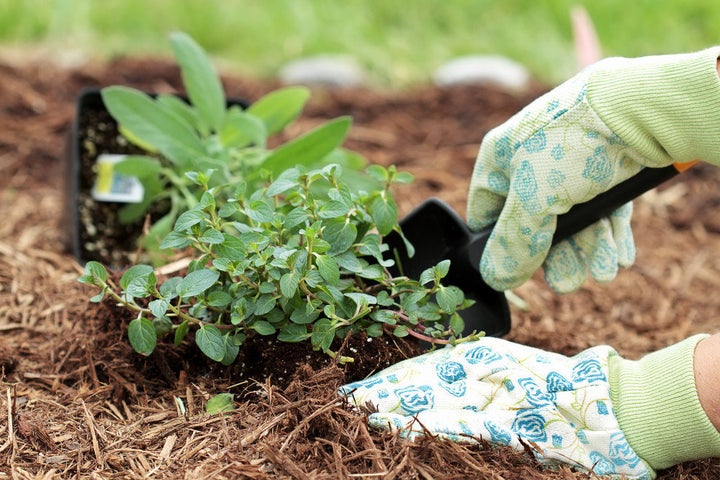
More people live in cities now than in any other time in human history -- nearly half the world's population. They are the economic engines of our society, but they are also the source of 80% of global greenhouse gas emissions.
We all have a choice in where we live, and a lot of us are moving to places where we can enjoy parks, clean air and healthy waterways. Smart cities are attracting residents -- and talent -- by making investments in infrastructure that save money, clean up and integrate sustainability into city functions (think sports arenas).
We have found a few ideas about innovative cities on Planet Forward that have potential to change the game in our urban environments. Will these ideas work? Let us know in the comments below. Learn more about smart cities on Planet Forward's new interactive map!
Pecan Street Project -- Austin, Texas
One area where much innovation is needed in urban environments is energy. The Pecan Street project in Austin, Texas is becoming a living laboratory of sustainability and energy efficiency. Launched by a $10.4 million smart grid demonstration grant from the Department of Energy, the Pecan Street project integrates green building practices and renewable energy with a community-based smart grid that will provide researchers with real data on how a green community of the future might look like.
Deep Lake Water Cooling System -- Toronto, Canada
Often consumers don't have much choice in what kind of energy their utilities provide, but city governments can make big investments that can make significant improvements to a city's overall energy use. Take, for example, Toronto and their deep lake water cooling system. This system is able to take drinking water from Lake Ontario and cool office towers, replacing conventional air conditioning. According to Toronto's website, the system reduced one building's energy use by 3 million kwh per year.
Onondaga Lake Cleanup -- Syracuse, New York
While some cities focus on the future, others have to clean up their past before they can move forward. Syracuse, New York was once known for having the most polluted lake in America, Onondaga Lake. But, before that, the lake was a popular tourist and fishing destination. Because of industrial pollution, in 1940 swimming was banned, in 1972 fishing was banned and finally in 1994, it was added to the Federal Superfund National Priorities List.
After an aggressive remediation and cleanup campaign, Syracuse is cleaning up. But, will their new green infrastructure projects keep their manufacturing industry and attract new residents?
Rainwater Collection Systems -- Philadelphia, Pennsylvania
After heavy storms, cities have to deal with what to do with all the water. Many cities now have antiquated water processing systems that overflow their storm drains and release toxic, unprocessed water into their waterways. Philadelphia is experimenting in places like Waterview Recreation Center to create a sustainable hangout by using flow-through planters, tree trenches and even porous pavement. Do you think these innovative changes will grow beyond this local rec center?
Mariner's Safeco Stadium -- Seattle, Washington
Some cities wouldn't be the same without their sports teams. That's why stadiums are becoming test-beds for integrated--and easy to use--sustainability systems. The Seattle Mariner's Safeco Stadium hits a home run with their completely revamped composting system...and recycling system... and energy system. But here's a question: would you rather have free bobble heads or composted dirt?